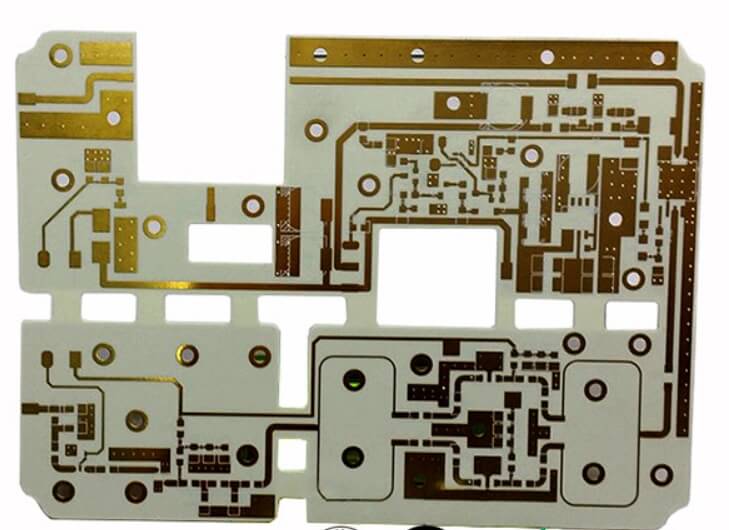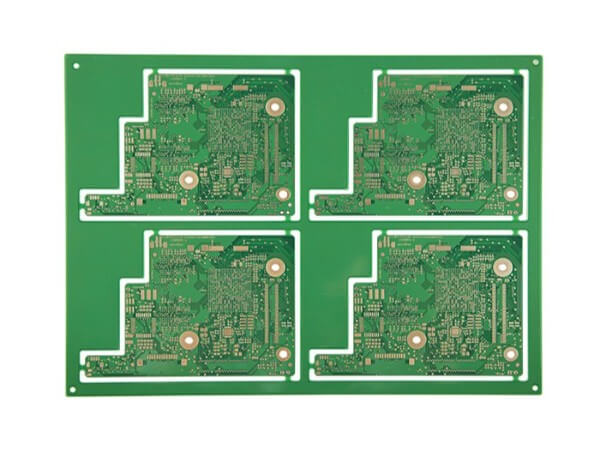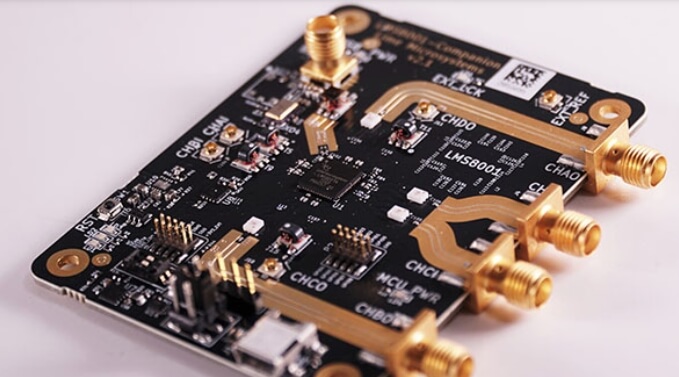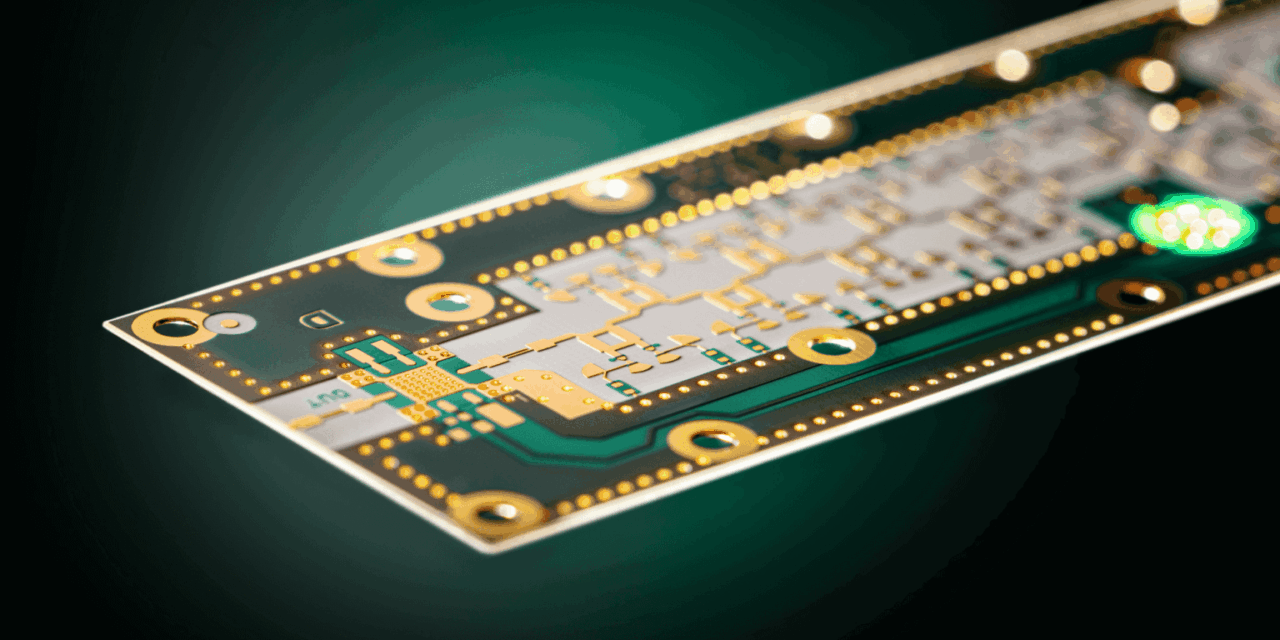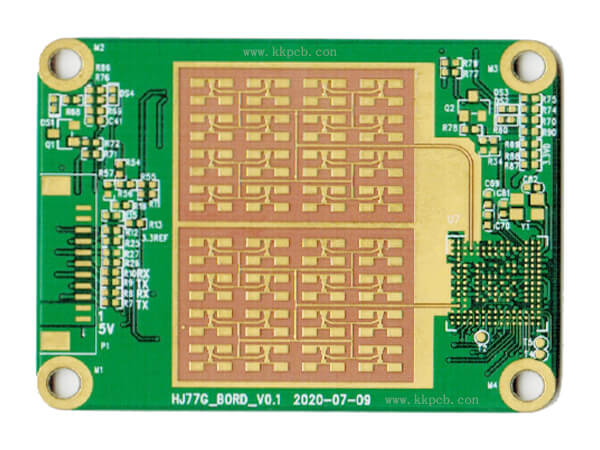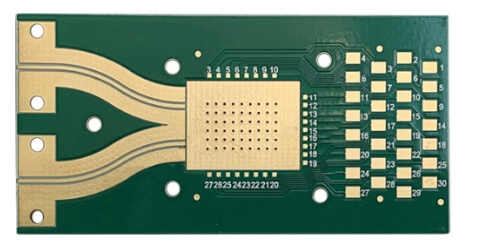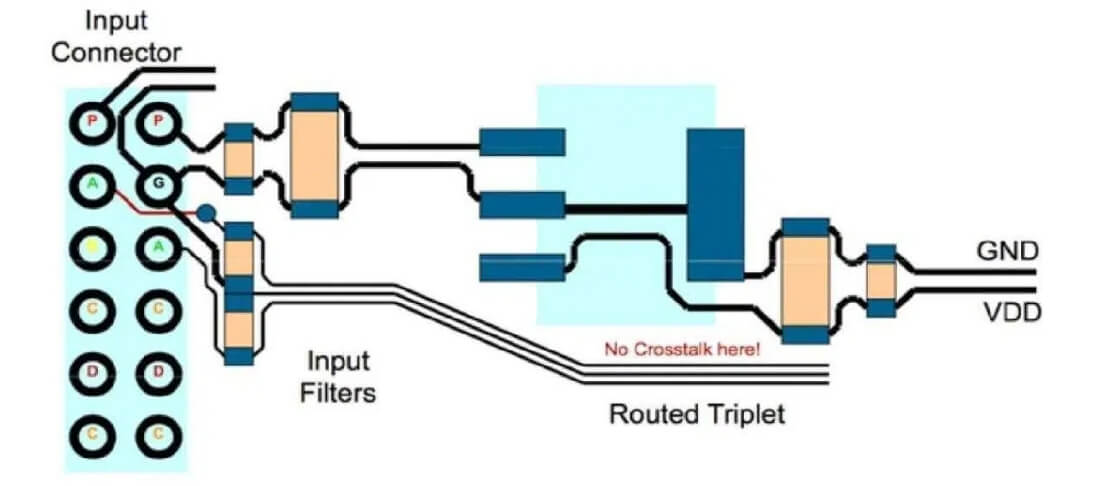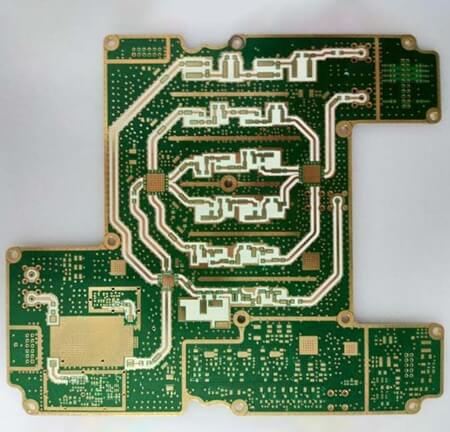When processing and testing high-frequency PCB boards and high-frequency antennas, beginners often choose incorrect high-frequency PCBs, resulting in unsatisfactory product results. Let’s talk briefly today, what are the PCB high-frequency boards? How to choose? Definition of PCB high-frequency boards High-frequency circuit boards refer to special PCB circuit boards with higher electromagnetic frequencies. They are used in high-frequency (frequency greater...
HomeCategory
PCB Manufacturing Services | High-Quality PCB & PCBA - KKPCB
High-frequency PCB circuit boards are circuit boards specially designed for transmitting high-frequency signals. They have special design and manufacturing requirements to ensure good signal transmission performance and the lowest possible signal attenuation in the high-frequency range. The following is a detailed explanation of the definition and applicable scope of high-frequency PCB circuit boards: definition: High-frequency PCB circuit...
In modern electronic equipment, high-frequency PCB boards are widely used and are also an indispensable part of many high-frequency devices. Most of them are used in applications with relatively strict requirements for high-frequency PCB boards . Application fields of high-frequency PCB boards: 1. Mobile communication products; 2. Power amplifiers, low-noise amplifiers, etc.; 3. Passive devices such as...
High-frequency circuit boards refer to special circuit boards with higher electromagnetic frequencies, and are one of the most difficult boards. So, what aspects should we pay attention to when designing high-frequency circuit boards? 1. Consider how to avoid high-frequency interference? Avoiding high-frequency interference means minimizing the interference of the electromagnetic field of high-frequency signals, also known...
With the increase in signal transmission speed and the widespread application of high-frequency PCB, circuit board impedance control has become a key factor in ensuring signal integrity, reducing signal interference, and improving system stability. Today, the editor will introduce the basic concept of circuit board impedance and the specific requirements for impedance control in the PCB manufacturing process. What...
In today’s fast-developing electronic age, PCB printed circuit boards are the heart of electronic products, and their design and manufacturing technologies are constantly improving, especially in the field of high-frequency circuits. High-frequency PCB design is not only related to the performance stability of the product, but also directly affects signal integrity and electromagnetic compatibility (EMC). This article will...
With the continuous development of science and technology, the functional requirements of electronic devices are also constantly increasing. In order to meet this demand, HDI (High Density Interconnect) circuit boards came into being. HDI circuit boards have attracted much attention for their high density, high performance and high reliability, and have become an important bridge connecting future...
PCB is also known as printed circuit board, which can realize the line connection and function realization between electronic components, and is also an important part of power circuit design. Today, we will introduce the high-frequency PCB circuit wiring skills in PCB design. High-frequency PCB circuits are often highly integrated and have high wiring density. The use of multi-layer...
High-frequency PCB design is demanding and requires careful attention to every design detail. This is because the higher the frequency, the more sensitive the signal is to interference and losses. This article brings together high-frequency PCB design guidelines, from the type of materials used to the traces and stack-up or component layout. What is a high...
This article mainly focuses on the concepts and design principles of microwave-grade high-frequency circuits/microwave circuits and high-frequency PCB design in a cutting-edge field of communication products. The reason for choosing microwave-grade high-frequency circuits/microwave circuits and high-frequency PCB design principles is that this aspect of the principle has a wide range of guiding significance and is a high-tech...

